WHAT MATERIALS CAN BE CUT?
Versatility is the biggest feature of waterjet.
SAME waterjets are capable of cutting virtually any material, any shape, any size.

Stone

Metal

Glass

Plastic

Cardboard / Paper

Composites

Fiberglass

Food

Insulation / HVAC

Other

Cardboard / Paper

Other
Stone
With its ability to easily cut to size, mitre edges, cut sinks and make tap holes in one operation, waterjet is becoming an all in one solution to kitchen and benchtop manufacturers.
The wet cutting process eliminates the risk of inaccurate cuts, dust emissions, heat zones and burnt edges so that benchtops can be manufactured right the first time. A full range of products can be cut quickly such as reconstituted engineered stone, porcelain, marble and granite meaning bottlenecks within products are no longer experienced.
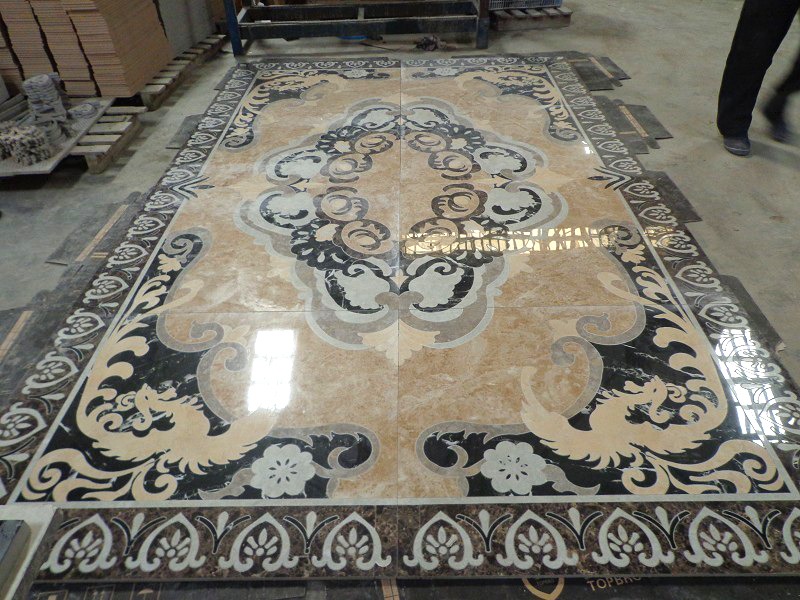
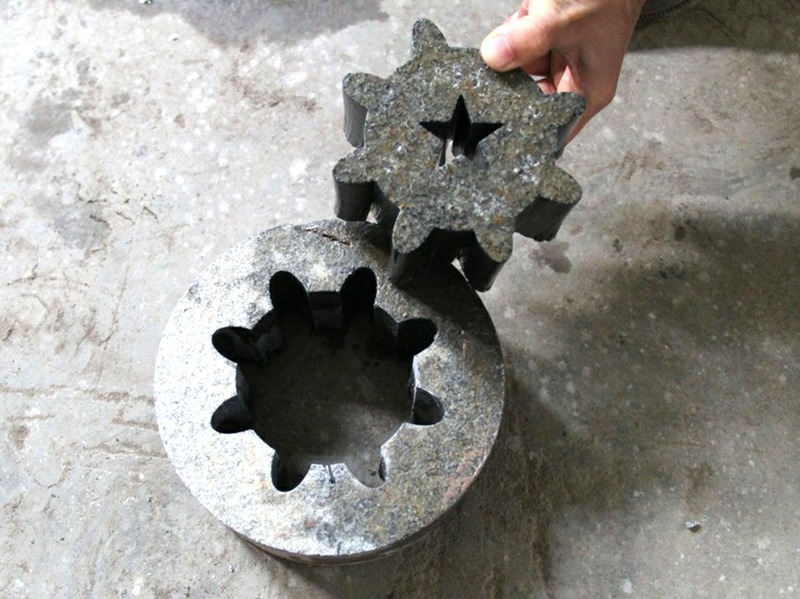
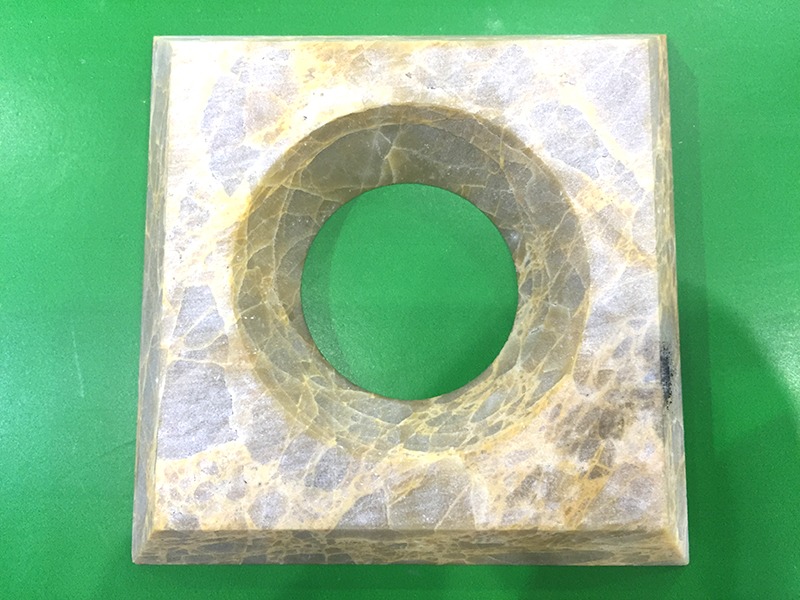
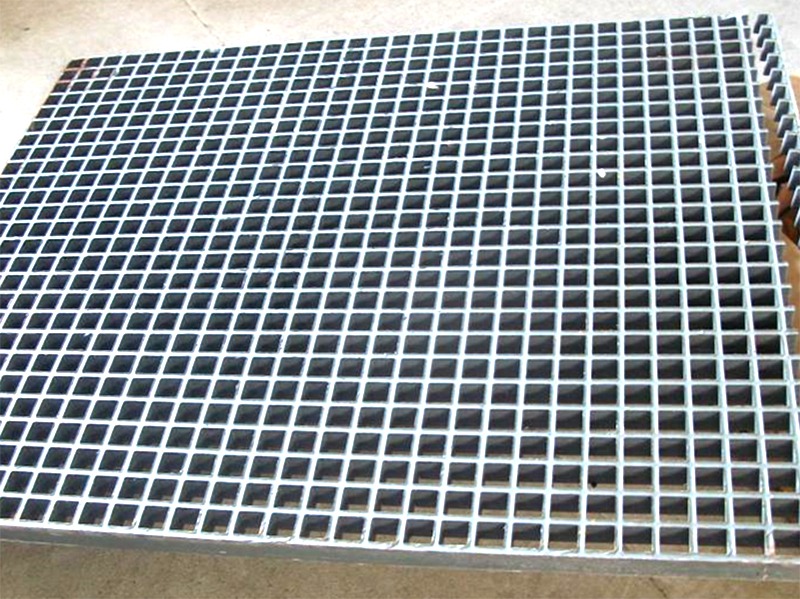
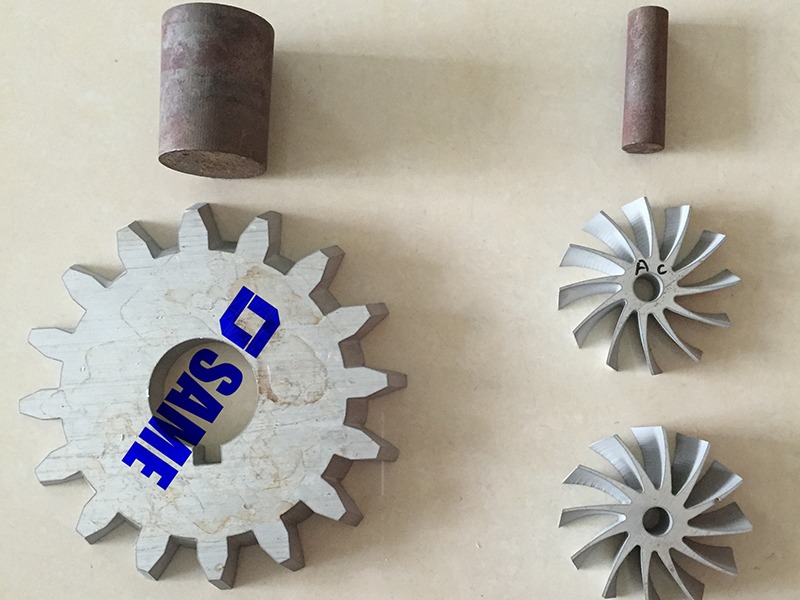
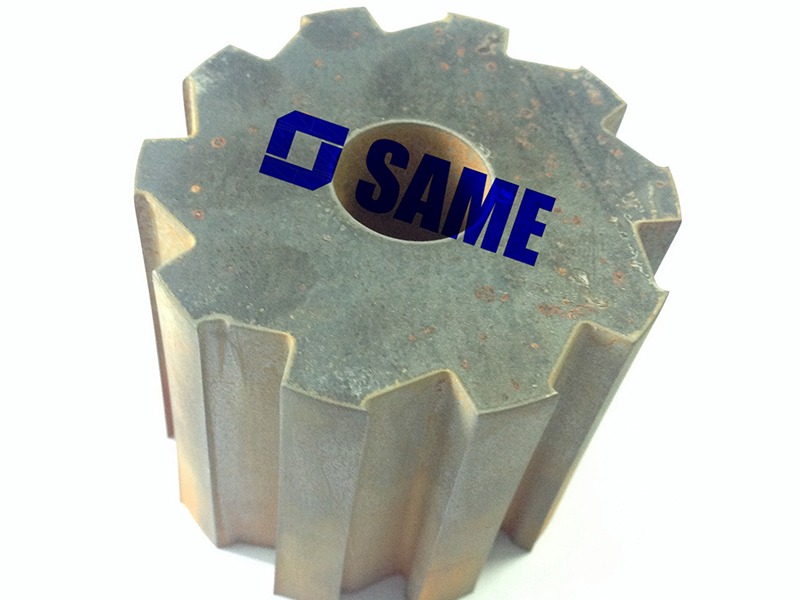
Metal
Metal fabricators are choosing waterjet over other alternative methods in their day to day part cutting operations. Waterjet provides fabricators and other manufacturers with an extremely versatile cutting process that allows you to cut your full range of metal material with one tool. The cold cutting process once again is where waterjet sets itself apart within metal fabrication as it can cut parts to high tolerances with no heat stain and no secondary finishing.
Ceramics
Most ceramics, including abrasion resistant and refractory ceramics, can be cut using waterjets. Similar to glass and stone, ceramics can be very brittle. Some types of ceramics can be significantly harder than steel, making them one of the most difficult materials to cut. The exceptional versatility of the waterjet cutting process makes it one of the best options in the manufacturing of ceramic parts.
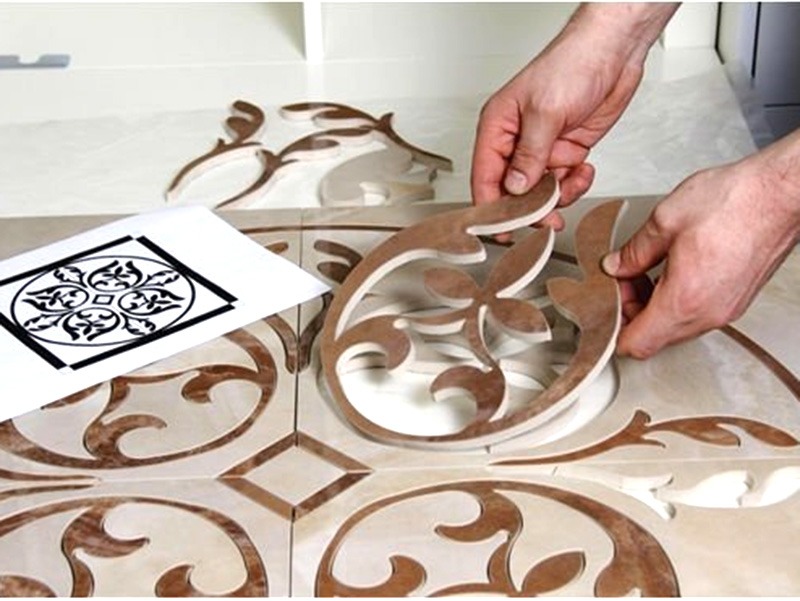
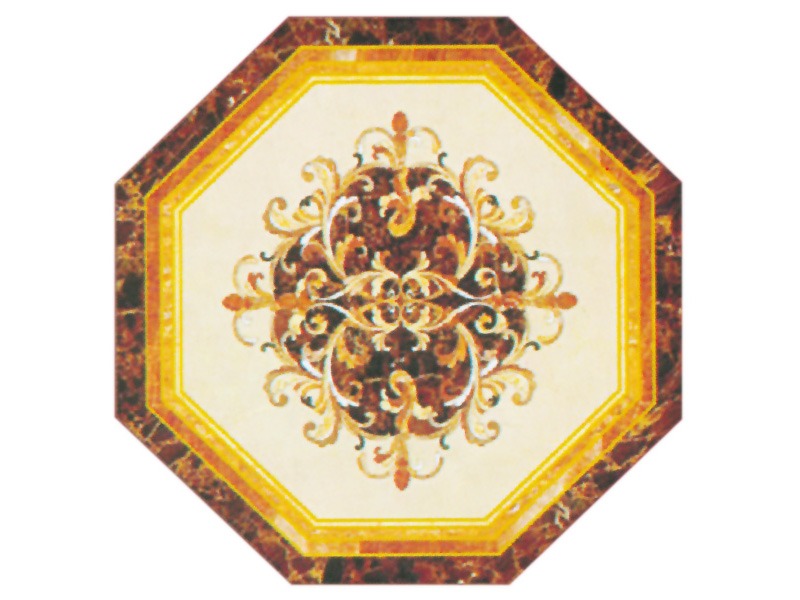
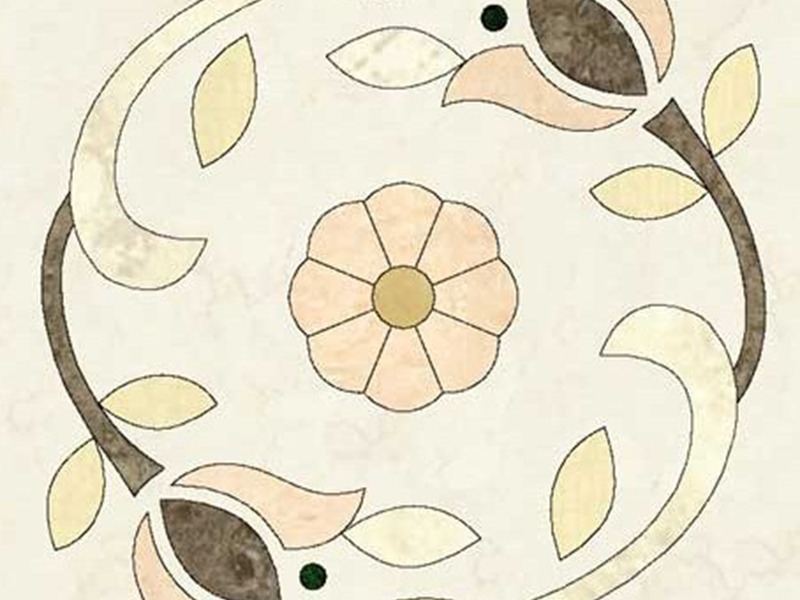
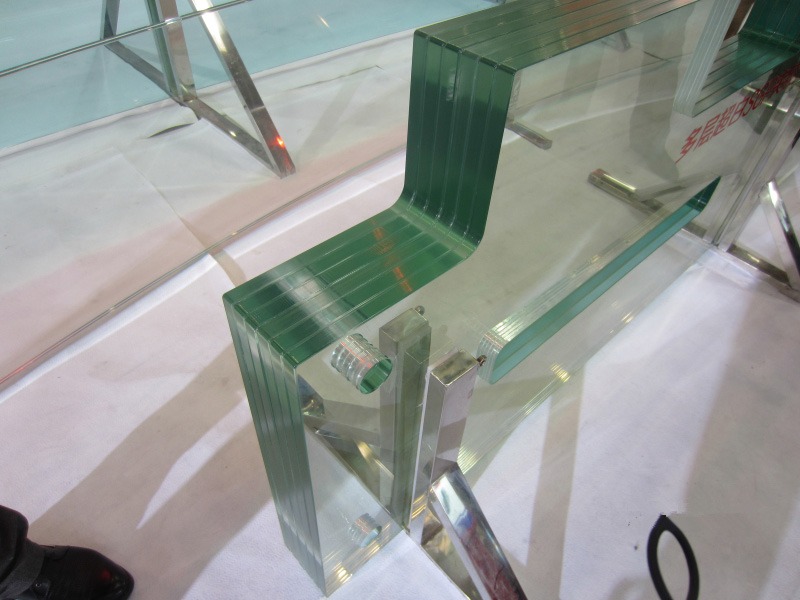
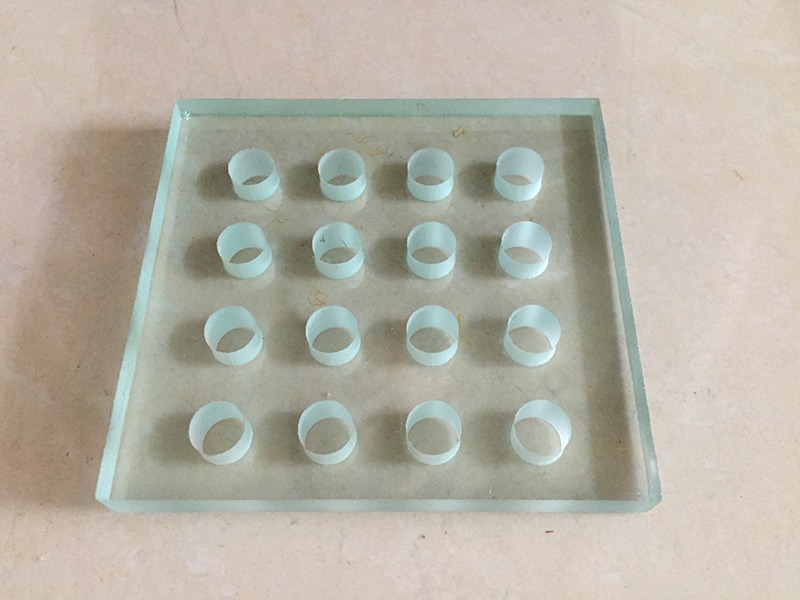
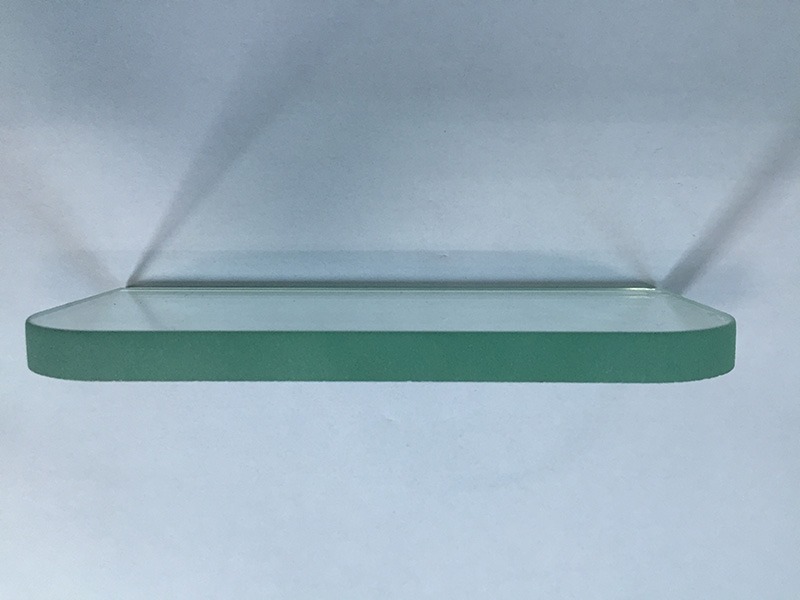
Glass
Waterjet cutting has become an extremely fast process when cutting glass compared to traditional methods. It is now commonly known as the industry standard as method of choice because it is the most cost-effective way of processing full pieces of glass which require shaping or internal cut outs. Other traditional methods such as CNC machining are often too slow when cutting glass causing bottlenecks in companies production lines.
As glass is quite a brittle and fragile material, the cold cutting process works perfectly for making intricate cuts without causing cracks or microcracks within the material.
RELATED QUESTIONS
Waterjet technology is basically a natural erosion process which greatly accelerated. Over thousands of years water and rock sediment can cut deep gorges in mountains.
On a smaller scale, abrasive waterjets using much higher water pressures and concentrated jets can achieve similar material erosion. Given enough time, they can cut to extreme depths.
The limitation in thickness is only the mechanical range of Z axis. Our standard machine is 150mm (8”) which is more than enough for most applications – but longer range is optional.
Generally no. The waterjet edge quality is similar to a fine sandblast surface, with no heat effects or dross.
Yes, the software will automatically adjust the speed to suit the material you select.

